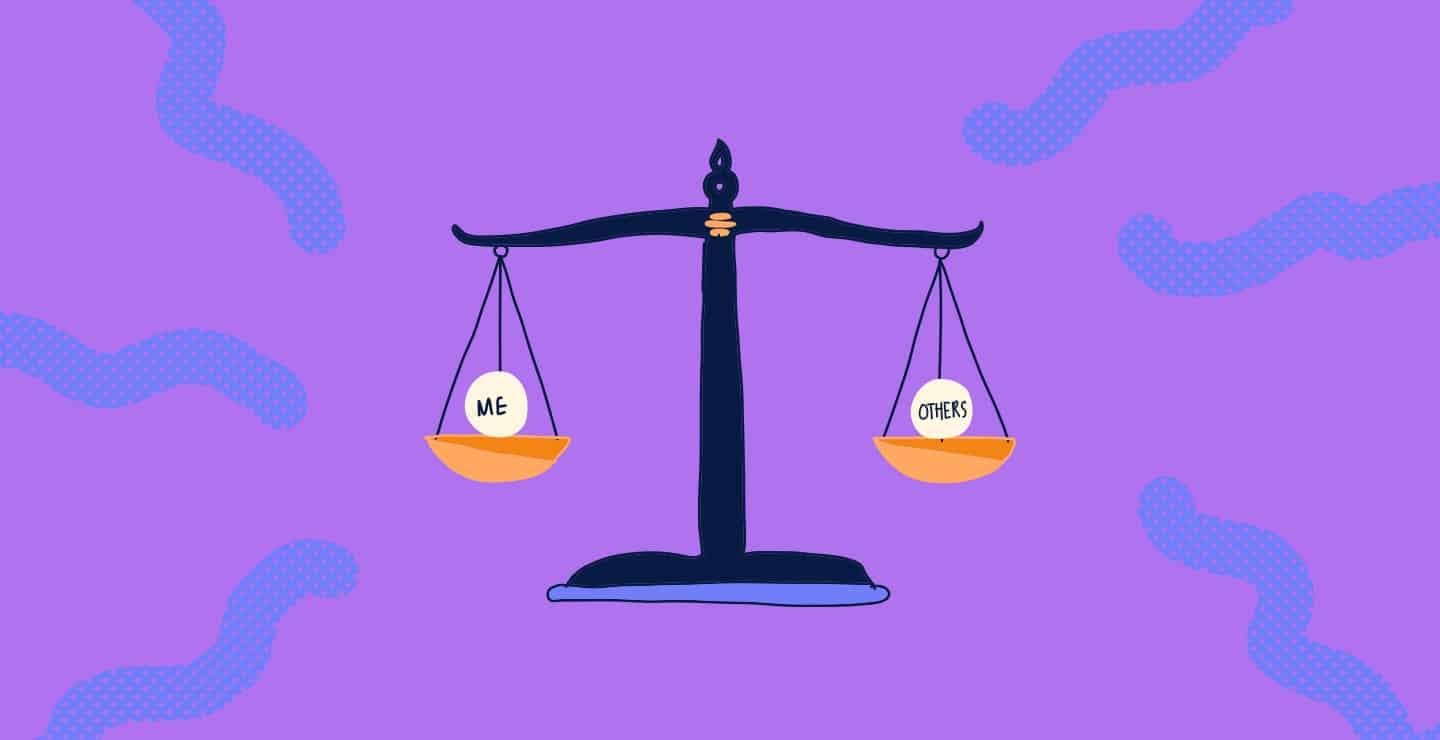In the intricate tapestry of trading, where every tick and trend can spell triumph or turmoil, the concept of the Fair Value Gap (FVG) emerges as a fascinating focal point. Imagine a moment when the market, in its capricious dance, leaps from one price level to another, leaving behind a void—a gap that beckons traders like a siren’s call. This gap, unlike everyday market fluctuations, is a glaring imbalance between buyers and sellers, a signal of potential trading opportunities lying in wait. Whether you’re a seasoned trader or a curious novice, understanding the Fair Value Gap can unlock new dimensions in your trading strategy, offering insights into market sentiment and potential price corrections. Let’s delve into the world of Fair Value Gaps, unraveling their mysteries and exploring how they can be harnessed to navigate the volatile seas of trading.
Understanding the Fair Value Gap: A Comprehensive Guide
Fair Value Gaps (FVGs) are created within a three-candle sequence and are commonly visualized on the chart as a large candle whose neighboring candles’ upper and lower wicks do not fully overlap the large candle. The area between neighboring candles’ upper and lower wicks is known as the imbalance area. This imbalance can signal potential trading opportunities as the price may move back to fill the gap, indicating a shift in market sentiment. For instance, the Fair Value Gap Sweep indicator draws these gaps on your chart and alerts you when a gap has been swept by the price, making it an essential tool for traders aiming to capitalize on these market imbalances.
The concept of Fair Value Gaps is further enhanced by indicators designed to automate the detection and analysis of these gaps. For example, the Rule Plotter Expert and Fair Value Gap Sweep indicators not only identify these gaps but also provide real-time alerts and customizable settings to suit different trading styles. These tools allow traders to systematically approach FVGs, transforming the often complex task of market analysis into a more manageable and efficient process. By integrating Fair Value Gap analysis into your trading strategy, you can gain deeper insights into market dynamics and improve your decision-making accuracy.
Decoding the Fair Value Gap: A Key Concept in Market Imbalances
Fair Value Gaps (FVG) are created within a three-candle sequence and are commonly visualized on the chart as a large candle whose neighboring candles’ upper and lower wicks do not fully overlap the large candle. This phenomenon creates an imbalance in the market, indicating a disparity between buying and selling pressures. When the price revisits these gaps, they often act as magnets, drawing the price back to fill the void and thus providing potential trading opportunities. Traders keenly watch for these gaps, as they can signal a shift in market sentiment and offer lucrative entry points.
The concept of a Balanced Price Range (BPR) emerges when an FVG is filled and subsequently serves as a support or resistance level. This indicator displays the BPR as a rectangle extending from the imbalance area for a configurable number of bars. Furthermore, the notion of Consequent Encroachment arises when a fair value gap is filled by 50%, marking a critical threshold that traders target to ensure they capitalize on the trade without missing opportunities. The adaptability of these indicators, with customizable alerts and visual cues, makes them indispensable tools for traders aiming to master market imbalances and leverage them for profitable trades.
How Fair Value Gaps Influence Trading Decisions: An In-Depth Analysis
Fair value gaps, often referred to as FVGs, are crucial in the world of trading, especially for those following the Inner Circle Trader (ICT) methodologies. These gaps are created within a three-candle sequence and are visualized as large candles flanked by smaller ones, where the wicks of the neighboring candles do not fully overlap the large candle. This creates an imbalance area on the chart, which is highlighted as a filled rectangle adjacent to the main candle. Traders leverage these gaps to identify potential support or resistance levels, known as the Balanced Price Range (BPR), which forms once the gap is filled.
The significance of fair value gaps extends to their role in signaling market sentiment shifts. When a gap is swept, meaning the price moves back to fill it, it often indicates a change in market sentiment and presents a trading opportunity. For instance, the Fair Value Gap Sweep indicator is designed to detect and draw these gaps, sending alerts when they are filled. This functionality allows traders to stay informed about crucial market movements, ensuring they never miss a trading signal. Moreover, the ability to customize the gap size, type, and alert settings makes such indicators versatile tools suitable for any trading style and market condition.
Spotting the Fair Value Gap: Techniques and Tools for Traders
Spotting fair value gaps can be a game-changer for traders looking to capitalize on market inefficiencies. One of the most effective ways to identify these gaps is through specialized indicators designed to automatically detect and highlight them on your charts. For instance, the Fair Value Gap (FVG) Indicator precisely identifies gaps between the high of the first candle and the low of the third, providing real-time alerts when the price touches a fair value gap. This feature ensures traders never miss a crucial trading moment, thus enhancing their ability to make informed decisions swiftly. The FVG Indicator also aligns with the Inner Circle Trader (ICT) methodologies, which emphasize the importance of understanding fair value gaps in market analysis.
Another powerful tool is the Fair Value Gap Sweep indicator, which not only detects and draws fair value gaps but also alerts traders when a gap has been swept by the price. This indicates a change in market sentiment and a potential trading opportunity. The indicator distinguishes between bullish and bearish gaps using different colors and styles, and it allows for customization of gap size, type, and alert settings. This versatility makes it suitable for any currency pair, timeframe, and market condition, providing traders with a reliable and easy-to-use tool for spotting profitable trading opportunities. Whether used as a standalone indicator or in combination with other technical analysis tools, these indicators can significantly enhance a trader’s ability to navigate the market effectively.
Comparing Trading Robots: Which Ones Excel in Utilizing Fair Value Gaps?
When diving into the realm of trading robots that excel in utilizing Fair Value Gaps (FVGs), it’s crucial to identify those that not only detect these gaps but also effectively integrate them into their trading strategies. The Contraction/Expansion Breakout Lines with FVGs Indicator for MetaTrader 5 stands out by automatically plotting breakout lines at significant levels of contraction and expansion in price action. This tool enhances a trader’s ability to gauge market sentiment and anticipate potential price movements with greater accuracy. Its real-time alerts when a breakout occurs, combined with customizable parameters and multi-timeframe analysis, make it an invaluable asset for both novice and experienced traders alike.
Another notable contender is the Fair Value Gap SMC EA for MetaTrader 5, which scans the current market conditions to identify un-mitigated imbalances or Fair Value Gaps. This EA draws these levels on the chart for visualization purposes and trades them accordingly. For instance, upon detecting a bullish FVG, it highlights the area in lime, signifying an anticipated buy position and reversal momentum. If the price reverts to this drawn box, the EA opens a buy position with a take profit target at the high of the box and a stop loss level set at a multiple of the profit target. This strategic approach ensures that traders capitalize on market inefficiencies with a higher probability of success.
Case Study: How Different Trading Robots Handle Fair Value Gaps
When it comes to trading robots and their handling of fair value gaps (FVGs), the approaches can be as diverse as the robots themselves. For instance, the “Fair Value Gap Indicator” meticulously pinpoints gaps between the high of the first candle and the low of the third, providing real-time alerts to ensure traders never miss a crucial moment. This precision is not just about identifying gaps but also about offering a seamless integration with the Inner Circle Trader (ICT) methodologies, which many traders swear by. The indicator’s user-friendly interface and customizable inputs make it a versatile tool that can be tailored to various trading styles, enhancing both confidence and speed in decision-making.
On the other hand, the “Fair Value Gap Sweep” indicator takes a more visual approach by automatically drawing fair value gaps on the chart and sending alerts when these gaps are swept by the price. This method focuses on the imbalance created when the market opens at a different level than the previous close, highlighting potential trading opportunities when these gaps are filled. The customizable settings allow traders to adapt the tool to their specific needs, whether they are looking for bullish or bearish gaps. This flexibility, combined with the ability to work on any currency pair and timeframe, makes it an indispensable tool for both novice and experienced traders looking to exploit market inefficiencies.
Q&A
What is a Fair Value Gap in Trading? Explained
Q: What exactly is a Fair Value Gap in trading?
A: A Fair Value Gap is a price gap that occurs when the market opens at a different level than the previous close, creating an imbalance between buyers and sellers. This gap indicates a disparity in market sentiment and can present potential trading opportunities.
Q: How is a Fair Value Gap formed?
A: A Fair Value Gap is typically formed within a three-candle sequence. Imagine a large candle in the middle with two smaller neighboring candles. The wicks of these smaller candles do not fully overlap with the body of the large candle, creating an area of imbalance.
Q: Why is the Fair Value Gap significant for traders?
A: Traders find Fair Value Gaps significant because they highlight areas where the market has moved too quickly, leaving behind unfilled orders. These gaps often act as magnets for price action, as the market tends to revisit these levels to fill the imbalance, providing potential entry and exit points for trades.
Q: What does it mean when a Fair Value Gap is swept?
A: When a Fair Value Gap is swept, it means the price has moved back to fill the gap. This action can indicate a change in market sentiment and suggest a potential reversal or continuation of the trend, offering traders a signal for possible trading opportunities.
Q: Can Fair Value Gaps be customized in trading tools?
A: Yes, many trading tools and indicators allow customization of Fair Value Gaps. Traders can adjust parameters such as gap size, alert settings, and colors to suit their trading preferences and strategies.
Q: Are Fair Value Gaps applicable to all market conditions?
A: Fair Value Gaps can be applied across various market conditions, timeframes, and currency pairs. They are versatile tools that can enhance a trader’s ability to identify profitable trading opportunities by highlighting market imbalances.
Closing Remarks
As we wrap up our exploration of Fair Value Gaps, it’s clear that these intriguing price patterns offer valuable insights into market dynamics. Whether you’re a seasoned trader or just starting out, understanding and utilizing Fair Value Gaps can help you spot potential trading opportunities and make more informed decisions. Keep your charts clean, your strategies sharp, and may your trades always find the gap. Happy trading!








